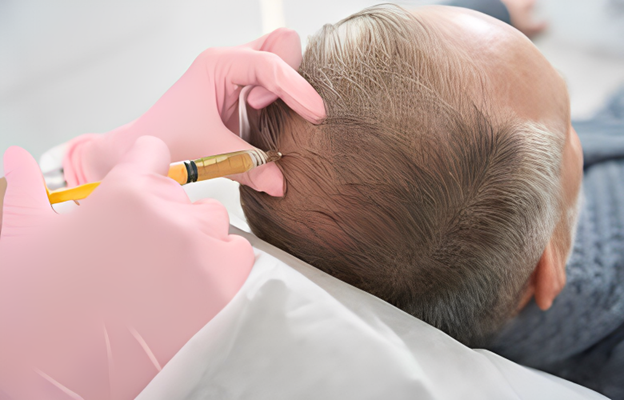HyperPigmentation
A prevalent skin problem affecting millions of individuals worldwide is hyperpigmentation. It happens when some skin spots seem darker than the surrounding areas. Although it is typically not damaging, for individuals who are afflicted, it can lead to anguish and issues with self-esteem. This blog will discuss hyperpigmentation, its long-term implications, and potential management and treatment options.
The Concept of hyperpigmentation:
The disorder known as hyperpigmentation is typified by an excess of melanin, the pigment that gives skin its color. An uneven complexion may result from dark spots or patches on the skin due to this excess melanin. Hyperpigmentation comes in several forms, including sunspots, melasma, and post-inflammatory hyperpigmentation.
Chronic Hyperpigmentation Problems:
Although hyperpigmentation is usually not harmful, it can affect a person’s skin and self-esteem over time. A primary worry is the potential effects on the skin’s appearance, which may result in low self-esteem and confidence. Prolonged sun exposure can also raise the risk of skin cancer and exacerbate hyperpigmentation.
- Topical Treatments: The foundation of managing hyperpigmentation is topical therapy. These procedures use various materials administered straight to the skin’s surface to address certain discolored spots. The active components of topical treatments that are most frequently seen include retinoids, kojic acid, and hydroquinone. Inhibiting the enzyme that produces melanin is how hydroquinone acts to lighten dark spots and level out skin tone. Retinoids, a byproduct of vitamin A, encourage cell turnover, gradually reducing hyperpigmentation. A naturally occurring substance formed from a fungus called kojic acid can effectively lessen the appearance of dark spots, since it also suppresses melanin synthesis.
- Procedural Treatments: Compared to topical treatments alone, procedural treatments provide more comprehensive choices for controlling hyperpigmentation and frequently produce quicker and more noticeable effects. These treatments, including chemical peels, microdermabrasion, and laser therapy, are usually administered by dermatologists or other certified skincare specialists. Applying a chemical solution to the skin results in exfoliation and the removal of the outer layer of damaged skin cells, which is the process of chemical peels. Dark spots might be less noticeable due to this procedure, which also encourages the development of new, healthier skin cells.
- Sun Protection: Sun protection is essential for preserving the effects of topical and procedural therapies and preventing further hyperpigmentation. Sunlight-induced ultraviolet (UV) radiation can aggravate pre-existing dark spots and initiate the formation of new ones. Sun protection must thus be a part of your regular skincare regimen. Regardless of the weather, this involves regularly applying a broad-spectrum sunscreen with an SPF of 30 or greater to all exposed skin, including the hands, neck, and face. You may help stop more skin damage and eventually keep a more even complexion by using sunscreen daily.
Conclusion:
Hyperpigmentation is a frequent skin issue that can seriously affect a person’s confidence and sense of self. Nonetheless, dark spots and patches may be controlled, and their appearance lessened with the appropriate care and treatment. People may take action to enhance the look of their skin and increase their confidence by learning about hyperpigmentation and the available remedies. Always seek the advice of a dermatologist or skincare specialist for customized treatment suggestions. References:
- https://dermcollective.com/hyperpigmentation/
- https://www.healthline.com/health/hyperpigmentation
- https://www.medicalnewstoday.com/articles/323808
- https://www.verywellhealth.com/skin-pigmentation-disorders-5097370
- https://www.verywellhealth.com/skin-pigmentation-5088368
‹ Back









